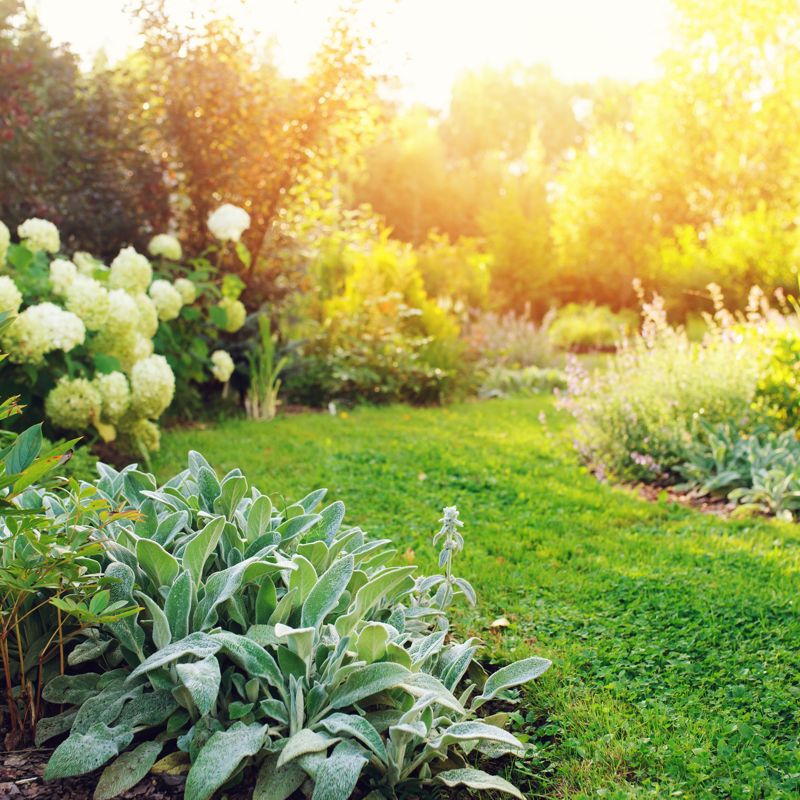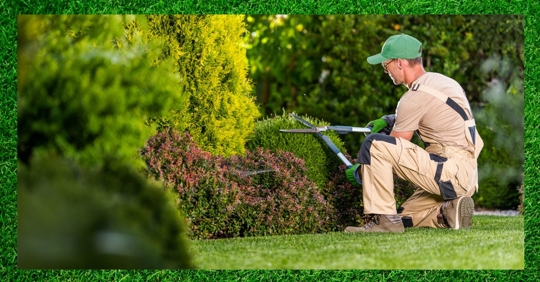Understanding Pruning Techniques
Selective Cutting: The Art of Thinning Branches
Selective cutting is a cornerstone of tree maintenance, a surgical approach to enhancing a tree's health and appearance. By carefully selecting which branches to remove, this technique reduces overcrowding, allowing for better air circulation and sunlight penetration throughout the canopy. This strategic thinning not only contributes to the tree's vitality but also mitigates potential hazards posed by weak or dead limbs. For homeowners embracing selective cutting means their cherished oaks and maples can thrive, showcasing the natural beauty inherent to their landscapes.
Heading Back: Encouraging Dense Growth
Heading back is another essential pruning technique, particularly for those seeking a lush, dense growth in their garden's foliage. By trimming the ends of branches, gardeners can stimulate the tree to produce new growth closer to the trunk, resulting in a fuller appearance. This method is especially beneficial for young trees, setting the stage for a robust and vibrant presence in the yard. However, it's crucial to apply this technique judiciously, as excessive heading back can lead to weak growth and an unnatural shape over time.
Optimal Pruning Periods
Seasonal Pruning: When to Prune for Vigor
Understanding the best times to prune is vital for maintaining a tree's vigor and health. In general, late winter and early spring are ideal for most pruning activities, just before the flush of new growth. This timing allows trees to heal quickly without the stress of extreme temperatures. However, the optimal pruning period can vary based on the tree species and local climate. For instance, some species may benefit from a summer prune to direct growth or manage diseases. Homeowners should familiarize themselves with the specific needs of their trees to ensure they're pruned at the right time.
Growth Cycles: Timing Your Cuts
Aligning pruning with a tree's growth cycle is a nuanced art that can significantly impact its development. Each species has its rhythm, with periods of active growth followed by dormancy. It's crucial to time your cuts to support the tree's natural processes. Pruning during dormancy often results in a vigorous burst of new growth in spring, while pruning during active growth can help shape the tree and control its size. Understanding these cycles allows gardeners to prune with precision, fostering a harmonious relationship between their care and the tree's inherent tendencies.
Pruning for Tree Health
Disease Prevention Through Pruning
Pruning is not just about aesthetics; it's a critical defense against the spread of disease. Removing diseased or damaged branches prevents pathogens from taking hold and spreading throughout the tree. Strategic pruning is an essential practice for gardeners. It's a proactive measure that can save a tree from decline, ensuring it remains a vibrant part of the landscape for years to come. Moreover, by promoting good health through pruning, trees are better equipped to withstand the stresses of extreme weather and pests.
Injury Recovery: Pruning as a Healing Aid
Trees, like all living organisms, can suffer injuries, whether from storms, human activities, or other accidents. Pruning plays a pivotal role in helping trees recover from such damage. By removing broken or splintered limbs, gardeners can prevent further harm and encourage the tree to focus its energy on producing new, healthy growth. This process not only aids in the tree's recovery but also helps maintain its structural integrity, reducing the risk of future injuries. Pruning for injury recovery is a delicate task that requires an understanding of tree biology to ensure the best outcomes.
Pruning Tools and Safety
The Right Tool for the Job: Pruning Equipment
Equipping oneself with the proper tools is the first step toward effective pruning. From hand pruners for small branches to loppers and saws for thicker limbs, each tool serves a specific purpose. In places where diverse tree species adorn the landscape, having a variety of tools on hand can make all the difference. It's not just about having the right equipment; it's also about using them correctly. Clean, precise cuts help prevent disease and encourage proper healing, making the choice and use of pruning tools a matter of tree health as much as convenience.
Safety Measures During Pruning
While pruning is essential for tree health, it's equally important to prioritize personal safety. Protective gear such as gloves, safety glasses, and hard hats can shield against potential injuries from falling branches or tool mishaps. When pruning larger trees, it may also be necessary to use ladders or harnesses to reach higher limbs safely. Homeowners should always be mindful of their surroundings, avoiding power lines and ensuring a stable working platform. By adhering to safety protocols, gardeners can ensure that their pruning efforts lead to positive outcomes without unnecessary risks.
Legal and Environmental Considerations
Understanding Local Pruning Regulations
Before embarking on any pruning project, it's crucial to be aware of local regulations. In some places, there may be specific ordinances governing tree pruning, especially when it comes to street or heritage trees. These rules are in place to protect the urban canopy and ensure that pruning practices do not harm the community's green spaces. Homeowners should research or consult with local authorities to ensure compliance with these regulations. By staying informed and following the guidelines, residents contribute to the collective effort to preserve the natural beauty and health of the city's trees.
Pruning's Impact on Wildlife and Ecosystems
Pruning can have far-reaching effects beyond the individual tree, impacting local wildlife and the broader ecosystem. Birds and other animals often rely on trees for habitat and food, and careless pruning can disrupt these natural relationships. In places where biodiversity is a cherished aspect of the local environment, gardeners must consider the timing and extent of their pruning to minimize negative impacts. By adopting practices that support ecosystem health, such as avoiding nesting seasons and preserving habitat features, residents can ensure their pruning efforts are in harmony with the surrounding wildlife.
Call Perm-O-Green for Your Trees
At Perm-O-Green, we understand the importance of maintaining the health and beauty of your trees through proper pruning techniques. Our team of skilled professionals is equipped to provide you with top-notch tree and shrub services tailored to the unique needs of your property. Whether you're looking to enhance the aesthetic appeal of your garden or ensure the longevity of your trees, we're here to help. Contact us today to learn more about our services and how we can assist you in achieving the perfect outdoor space.
Call Perm-O-Green now at (800) 903-1460 or send us a message online.

